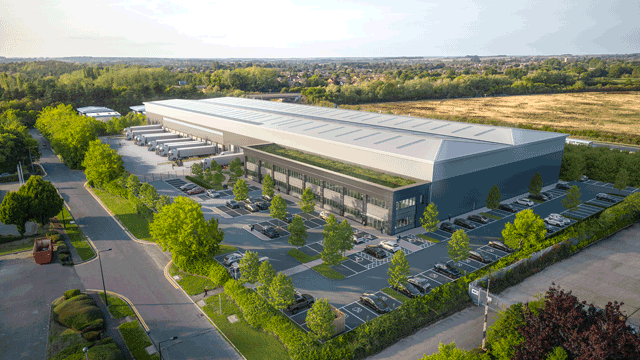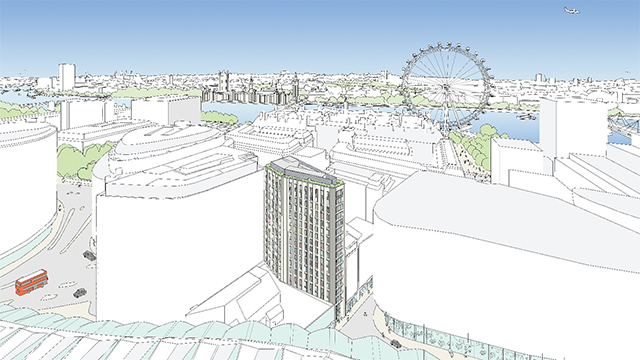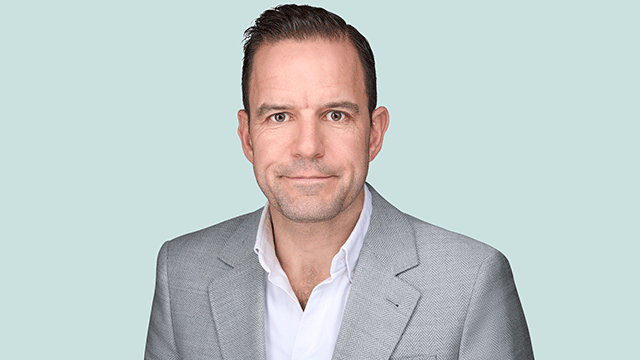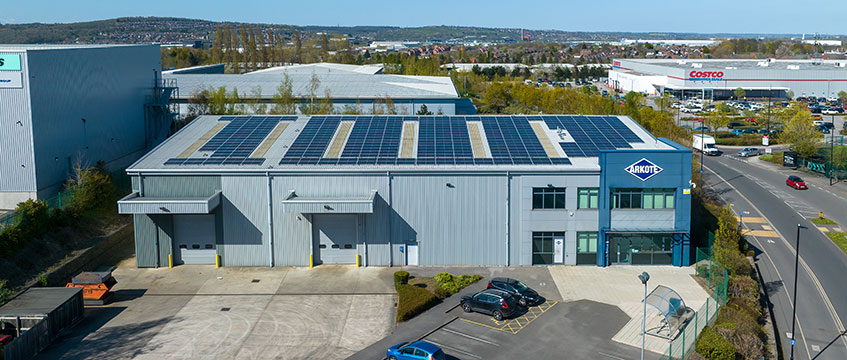A call from a fast-growing company seeking new space to expand is a dream opportunity for most real estate players. But in a market where vacancy is pretty much zero, it is a stark challenge for leasing directors.
Since the pandemic accelerated the supply/demand imbalance in Cambridge’s labs market, tackling potential tenant moves across BioMed Realty’s life sciences portfolio has become part of the daily routine for Colleen O’Connor, the specialist real estate company’s senior vice-president of leasing for the US East Coast and UK.
“The science moves incredibly rapidly, and real estate naturally moves slower,” says Boston-based O’Connor. “We’re constantly trying to keep up with that and make sure our facilities are adaptable and can accommodate needs as they come up.
“We also always say to our tenant base: ‘you’re not signing a lease for a floorplate or a building, you’re signing a lease for 16m sq ft of options across the key life sciences markets’.”
On-site team
In addition to Cambridge in the UK, BioMed Realty owns and operates multiple buildings across other global life sciences clusters, including Cambridge in Massachusetts, San Francisco, San Diego, Boulder and Seattle.
BioMed itself has expanded its office at the McClintock Building at Granta Park in Cambridgeshire. The firm’s hub now spans 4,500 sq ft, providing individual offices and open-plan areas, meeting rooms and a boardroom, alongside a large kitchen, breakout space and soft seating.
O’Connor says the move comes as the company starts to realise “the power” of its on-site team, which has grown rapidly over the past year to include representatives from leasing, asset and property management, facilities management, contracts and accounting, together with the wider development team.
“Tenants need somebody on the ground who knows the market very well and can respond quickly, and you can’t do that without a platform and an on-site team,” says O’Connor.
“The larger pharma users tend to have their own real estate departments so when we are partnering up with them, we are really building the space collaboratively based on their scientific needs and what they are trying to accomplish from a specific facility. If you think about some of the smaller-growing companies, they don’t necessarily have the resources to have that type of function in-house.
“Our UK team is growing pretty rapidly and I do expect we’ll continue to see that.”
Late last year, BioMed Realty nabbed William Clarke, a former director in Savills’ Cambridge team, to lead the leasing of its 120-acre Granta Park site. He joins Orestis Tzortzoglou, vice-president of development, who has been with BioMed Realty for six years, and Daniel Crane, senior project manager, who focuses on ongoing development operations.
“The timing of new development deliveries will probably dictate how quickly we grow the headcount but we’re planning to keep the UK office at Granta Park and probably expand on the park over time,” adds O’Connor.
Building a platform
Last year, Blackstone-backed BioMed Realty celebrated its 10-year anniversary of entering the UK through its investment into Granta Park. The campus was designed to serve the needs of medium to large pharma occupiers, totalling about 800,000 sq ft, with a potential to double in size over time.
Most recently, the company has secured the go-ahead for a 600,000 sq ft lab facility. This comes after initial proposals were thrown out in 2021.
“Having the footholds in Cambridge has made it easier for us to expand here, as we very much believe in going into a market at scale and having a campus environment,” says O’Connor.
“It would have been very challenging for us to just have one facility in the market because it’s hard to scale, it’s hard to have a team, it’s hard to move users around the portfolio as they grow, it’s hard to provide space at every step of the life sciences tenancy.”
As such, the next phase of BioMed’s expansion in the region will see the firm moving towards the delivery of spaces for smaller tenants on a speculative basis.
“We often approach early stage companies and ask them to tell us what they need to accomplish from a scientific perspective, what type of equipment they need, and we lay it out for them. It’s a very turnkey solution, something that they can react to versus create,” says O’Connor.
Late last year, BioMed teamed up with Babraham Research Campus, which was developed to support early stage companies through the provision of shared services. The jv has invested £26m to build a new lab and office incubator totalling 40,000 sq ft.
“Often, if a cluster can’t provide the right type of space to accommodate a life sciences company’s lifecycle, it will lose the life sciences company to another region. And the UK generally runs the risk of losing companies if it can’t provide the mission-critical real estate,” says O’Connor. “It’s part of the reason we are moving forward on a phased basis to deliver new space.
“Another reason we had the conviction in building out some of these spaces for smaller tenants on a speculative basis is because it was a fairly new trend for Cambridge, but we have been doing it across all of our core markets for a long time and we know how the model works. The build-up varies from region to region, but there are a lot of best practices that we can leverage
across submarkets.”
Special place
In addition to site accessibility and government support for the life sciences sector, O’Connor says BioMed Realty’s decision to grow in the region was supported by Cambridge’s education and academic base alongside the density of life sciences companies.
“The very first thing on life sciences companies’ minds is how do they attract and retain the best talent?” she says. “Finding that top-tier talent and keeping them is competitive in the life sciences industry. And Cambridge has such a depth of talent between the universities and research institutions that are already here.
“It’s a pretty special place. You could sense the energy and sense the community out there.”
BioMed Realty’s confidence in Cambridge is also supported by multiple synergies it has drawn between the region and its US counterpart. O’Connor highlights AstraZeneca’s move to Cambridge, UK, in 2016, which echoes Novartis’s move to Cambridge, MA, in 2006 – a significant demand driver to bring other life sciences companies to the region.
“I think those types of stories make regions grow pretty rapidly,” she says. “Oxford and London have some of the same key elements that have made Cambridge successful, so it’s definitely an area where we’re looking for opportunities.
“The UK has been one of the most resilient life sciences markets that we operate in and we’re naturally very focused on expansion here.”
To send feedback, e-mail evelina.grecenko@eg.co.uk or tweet @Gre_Eve or @EGPropertyNews











